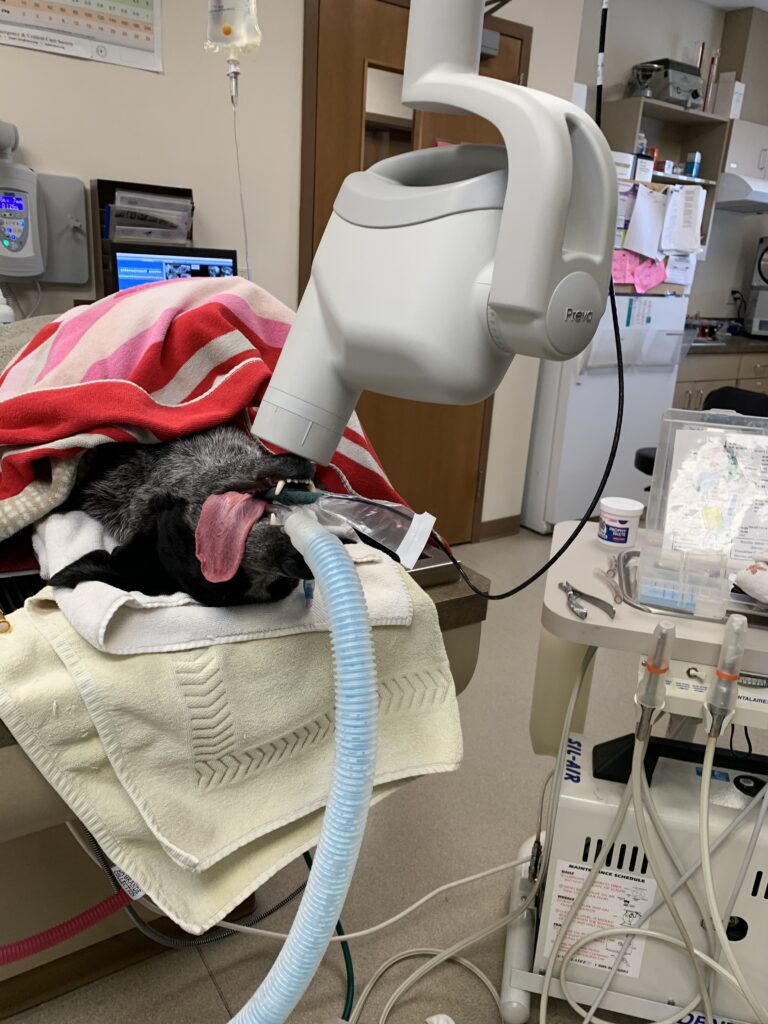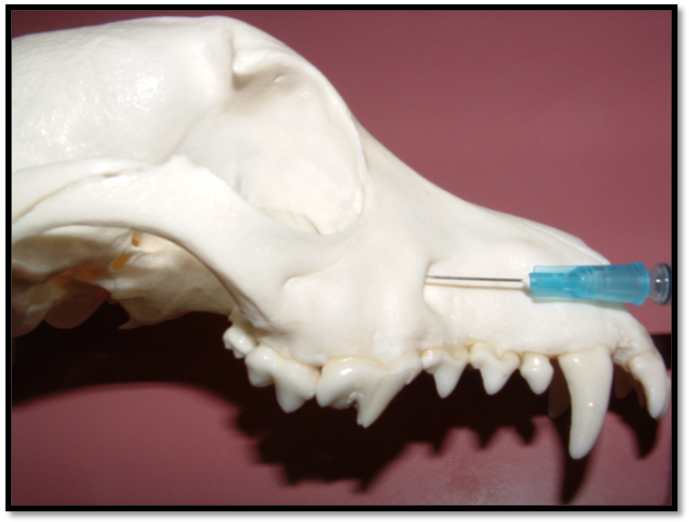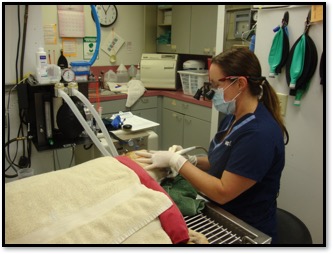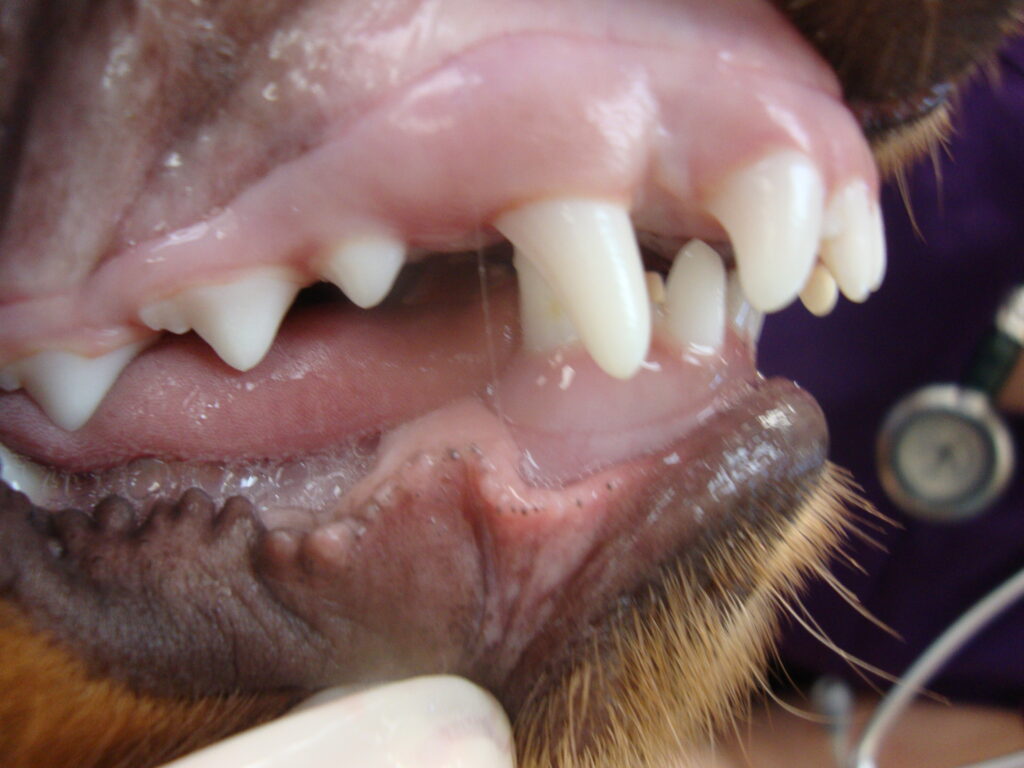RACE-Approved Continuing Education Courses

ABC's of Veterinary Dental Radiology In-Person Training
Gain expertise on how to perform full-mouth dental radiographs on both the dog and cat patient quickly and efficiently! Learn how to troubleshoot (no one takes perfect images), obtain a second or event third view to increase diagnostic accuracy. Knowledge is key when using your dental radiology software to increase efficiency, we will make sure you have the skills necessary to use your software’s capabilities.
LEARNING OBJECTIVES:
a. Concepts of full-mouth positioning of patient, x-ray tube head and sensor to achieve consistent
diagnostic quality intraoral images.
b. Understanding of cause and effect to help determine trouble-shooting techniques to correct for
positioning errors and image quality issues.
c. Workflow efficiency and time management.
d. Better understanding of the dental radiology software and hardware.
e. How to share images with clients for educational and understanding purposes.
f. Maintain safe work practices in regards to equipment and operator safety.
Four-Hours of RACE credit for DVM, LVT, RVT, CVT.

Regional Nerve Blocks for Veterinary Dentistry
This two-hour course covers commonly used regional nerve blocks for veterinary dental surgery and pain management.
Starting with a thorough discussion of the drugs currently recommended, contraindications and potential complications, then moving on to understanding essential anatomy and landmarks using skulls on the dog and cat. Step-by-Step techniques will be demonstrated and then practiced by attendees on dog and cat specimens with instructor oversight to ensure precise methodology as well as safety when injections are made. Question and answer session will follow hands-on practices.
Learning Objectives:
1. Understand the potential complications and indications for nerve blocks and dental pain management.
2. Recognize oral and skull anatomy on the dog and cat to pinpoint foramen and other landmarks to provide accurate placement of local anesthetic drugs for dental nerve blocks.
3. Gain hands on skills in regards to applying commonly used regional nerve blocks in both the cat and dog patients, while minimizing complications or errors in placement.
4. Learn to assess effectiveness of nerve blocks for dentistry.
Two-Hours of RACE credit for DVM, LVT, RVT, CVT.

Essential Skills in Veterinary Dentistry In-Person Course (Four Hours)
This four-hour RACE approved in-person training covers foundations of learning for professional dentistry.
- Oral Anatomy and Pathology as it pertains to canines and felines
- The steps C.O.R.E. (Comprehensive Oral and Radiographic Evaluation)
- Charting and using AVDC abbreviations- practice on specimens.
- Introduction to equipment and instrumentation for dentistry
- Power instrumentation. Use of the scaler, polisher and other power equipment
- Handpiece and dental delivery unit maintenance. Daily, weekly, monthly
- Hand instrument identification and use.
- Basic periodontal therapy skills. Using the curettes and perioceuticals.
- Identifying commonly used oral surgery instruments.
- Sharpening of curettes, scalers and extraction instruments.
Four-Hours of RACE credit for DVM, LVT, RVT, CVT.

Level Two-Advancing Skills in Veterinary Dentistry for DVMs and Technicians
This interactive learning experience will cover advanced oral examination techniques, occlusal evaluation, charting and documentation of pathology using American Veterinary Dental College (AVDC.org) abbreviations in both the dog and cat. Periodontal therapy using closed root-planing techniques will be taught and practiced using fine-dental hand-instruments. Open-root planing will be discussed, both indications and contraindications. Finally, we will spend time perfecting the simplified techniques to obtain some of the most challenging dental radiographs. An emphasis on efficiency, quality of dental care and the value of preventing and stabilizing dental disease will be discussed.
Learning Objectives:
1. Attendees will become familiar with progressive skills, applying advanced dental assessment and
treatment to both canine and feline patients.
2. Knowledge will be gained and practiced on how to properly note pathology on a dental chart.
American College of Veterinary Dentistry (AVDC) abbreviations will be used, with an emphasis
on recognizing normal oral anatomy in the dog and cat first.
3. Hand instruments will be identified and utilized to provide closed root planing to prepare
periodontal pockets and root surfaces for the application of commonly used perioceutical
products. Perioceutals will be placed in prepared pockets by attendees. Open-root planing
techniques will be discussed.
4. Difficult dental radiology images will be practiced on both the dog and cat, focusing on a
simplified method and understanding of proper troubleshooting techniques.
